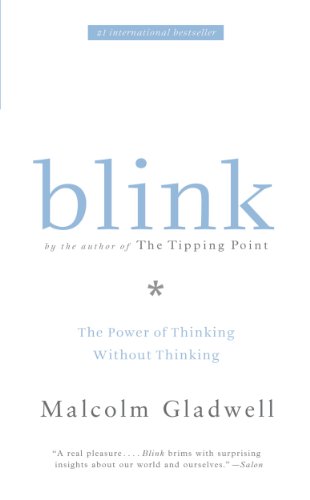

This article is an excerpt from the Shortform summary of "Blink" by Malcolm Gladwell. Shortform has the world's best summaries of books you should be reading.
Like this article? Sign up for a free trial here .
What’s an “insight problem”? How do you solve such a problem?
An insight problem is a problem that requires a fundamental shift in perspective in order to arrive at the solution. Oftentimes, the solution to an insight problem comes out seemingly out of nowhere in an “Aha! moment” fashion. In 1931, psychologist Norman Maier investigated how we arrive at solutions to insight problems in his famous Two-String Problem experiment.
Here’s what he found.
The Problem of the 2 Ropes
In a 1931 study, psychologist Norman Maier hung two ropes from the ceiling, far enough apart that if you held one rope in your hand, you couldn’t reach the other. There were various tools and pieces of furniture in the room as well. He asked volunteers to come up with as many ways to tie the two ropes together as they could.
There were four ways to tie the ropes. Most people discovered the first three pretty easily.
- Stretch one rope as close to the other as possible, then anchor it with a chair. Go get the other rope and tie the ends together.
- Tie an extension cord to one rope. This makes it long enough for you to hold while grabbing the other rope. Tie the two ropes together.
- Take one rope, then use a pole to pull the other rope toward you. Tie the ends together.
Most people struggled to find the fourth solution: Swing one rope like a pendulum, then grab the other rope. Catch the swinging rope and then tie the ends together.
If a volunteer was having trouble producing this fourth solution, the psychologist gave their unconscious minds a suggestion. He walked across the room and casually bumped into one of the ropes, causing it to swing. The move was so subtle that volunteers’ unconscious minds picked up on the suggestion while their conscious minds didn’t. After that, most people came up with the fourth solution.
- When asked to explain how they came up with the fourth solution, volunteers said, for example, that the solution came to them when they thought of monkeys swinging in trees, they recalled something from a physics lesson, or the idea just popped into their head.
These people weren’t lying. They were just automatically producing explanations that their conscious brains found most plausible. They had no idea the psychologist had given them the answer when he bumped the rope.
| Does a “Time Out” Improve Our Problem-Solving Ability? Are we more likely to experience Eureka moments of insight straight away or after a period of rest? The period of rest is known as an “incubation period,” and scientists are divided on whether it’s helpful. A 2011 meta-analysis of studies published between 1964 and 2007 on incubation periods and problem-solving found that the picture is complex. Whether people are better at solving problems after an incubation period depends on several things: – The type of problem. Divergent thinking tasks, which are open-ended questions with a large number of possible solutions (for example, “What would happen if everyone suddenly lost the ability to read and write?”), benefit more from incubation periods than insight problems with only one (non-obvious) solution. – The length of the incubation period. Generally, longer incubation periods lead to better solutions. – The nature of the incubation period. During this period you have a few options: You can rest, you can do cognitively easy tasks, or you can do cognitively difficult tasks. The worst performance comes from doing difficult tasks while you wait. But, interestingly, if you spend your waiting time doing easy tasks, you’ll perform better than if you had rested completely. |
———End of Preview———

Like what you just read? Read the rest of the world's best summary of "Blink" at Shortform . Learn the book's critical concepts in 20 minutes or less .
Here's what you'll find in our full Blink summary :
- How you can tell if a marriage will fail, within 3 minutes
- Why your first impressions are usually surprisingly accurate
- The dark side to making first impressions, and how to avoid the,






